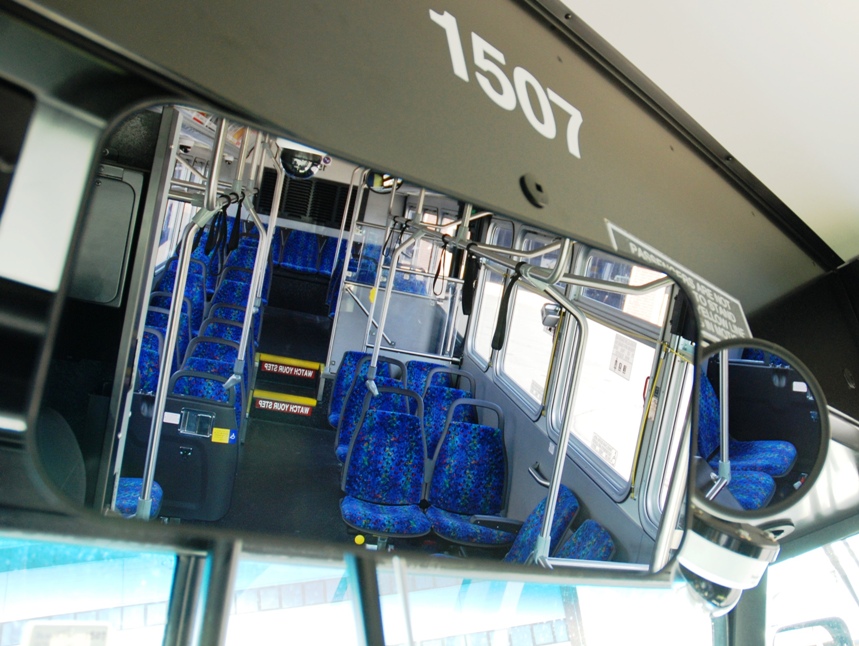
This week’s Good Question comes in response to customer Amity Foster, who asked why 60-foot articulated buses are not used on more local routes, such as Route 5.
Buses are assigned to specific routes based on a number of factors, including frequency (how often they run) and span of service (how early and late in the day the route operates).
To best match vehicle type with demand, higher capacity 60-foot buses are typically used on express routes that operate only during the busiest times of day (rush hours) and make fewer stops. Because more customers ride each trip and travel longer distances, the additional seats on 60-foot buses provide customers with a more comfortable trip. Operationally, using 60-foot buses is also more efficient because it reduces the total number of trips, drivers and vehicles needed to operate the route. Metro Transit also operates some coach buses – these are assigned to the longest-distance express routes that customers generally board at only one point (such as a Park & Ride).
Local routes that have a high frequency of service throughout the day – in some cases up to every 5 minutes during rush hour – use 40-foot buses because there are more trips with customers traveling shorter distances and getting on and off more frequently throughout the route. Even though there are fewer seats than a 60-foot bus, the seats become free more often and the frequent customer circulation increases the overall carrying capacity on a 40-foot bus.
Some articulated buses are assigned to a few urban routes throughout the day, such as those serving University of Minnesota students traveling during peak class times, but 40- and 60-foot buses are not generally used interchangeably on the same route.
Metro Transit continually evaluates route capacity, level of service and schedule performance to determine which vehicles are most effective on which routes. These considerations are also considered when making new bus purchases.
Future Bus Rapid Transit lines are expected to use both 40- and 60-foot buses. The A Line (Snelling Avenue BRT) is expected to use 40-foot buses with the ability to carry 400 customers an hour because of faster trip times and increased service levels.
Metro Transit currently has more than 900 buses in its existing fleet. The majority of these buses are 40-foot diesel-fueled and hybrid models. There are roughly 170 60-foot articulated buses.
Have a “Good Question” that you want answered? Email it to [email protected].